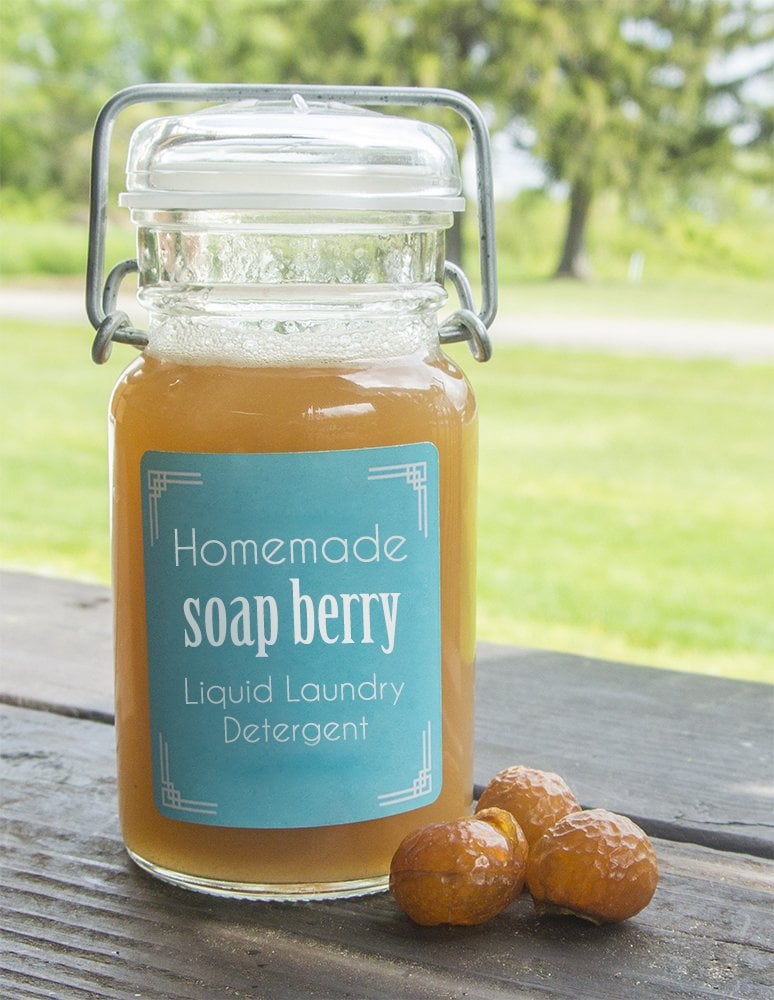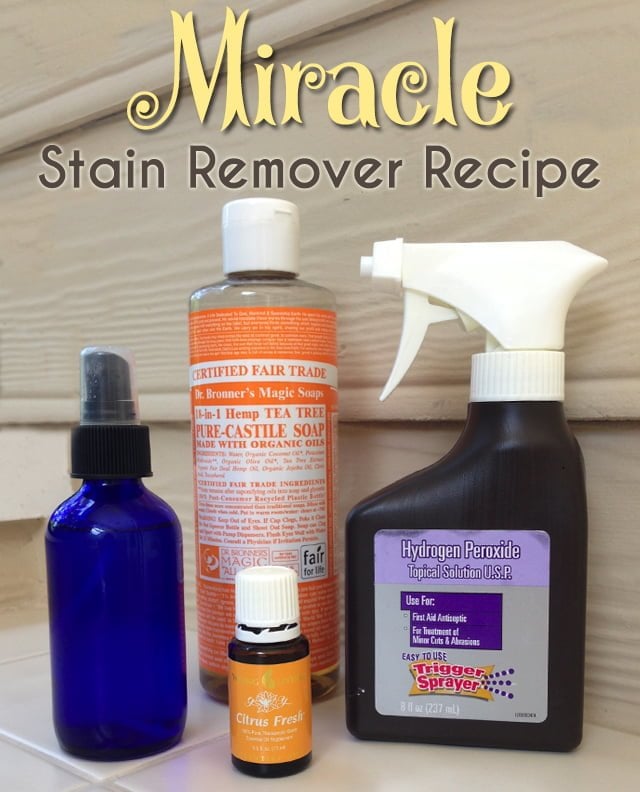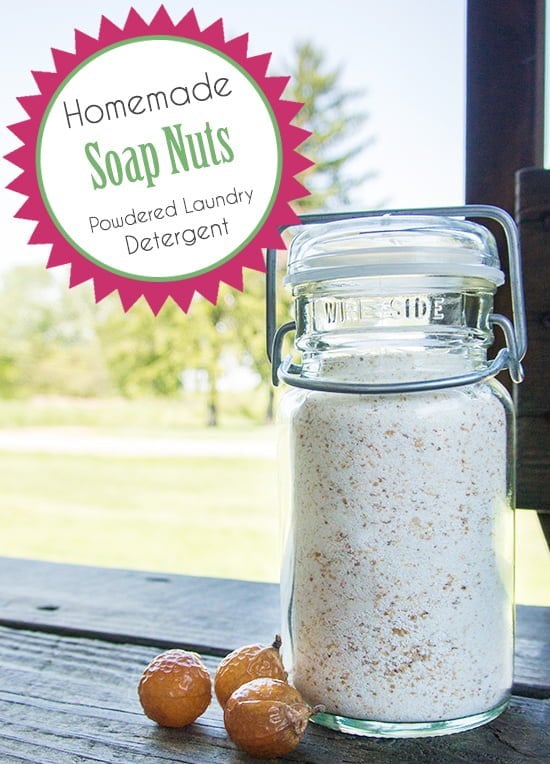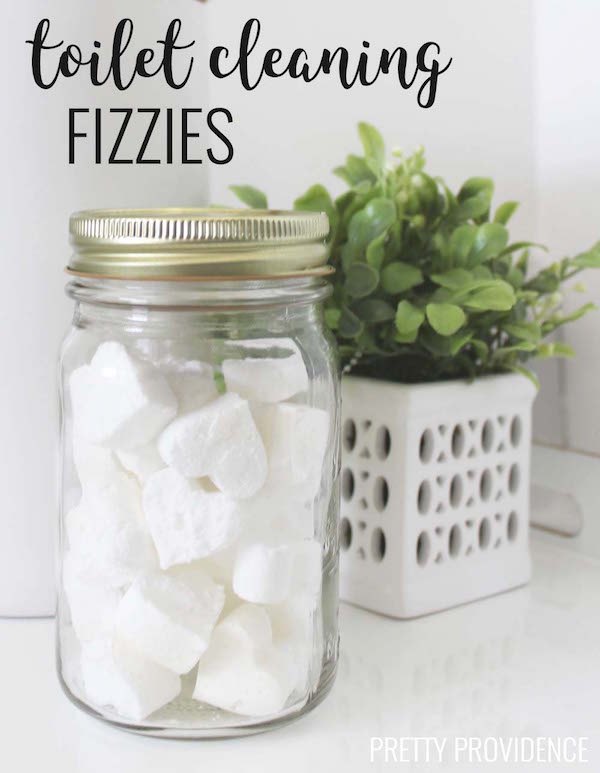Best Homemade Cleaners & Green Cleaning Hacks
Ah, those first attempts at scrubbing the bathtub with homemade cleaners instead of the store-bought standbys our moms taught us to clean with. Vinegar and baking soda may have seemed a little underwhelming compared to their chemical counterparts… but that was before we knew how to use them.
That’s why we’ve rounded up the best homemade cleaners plus helpful advice on how to actually use them effectively.
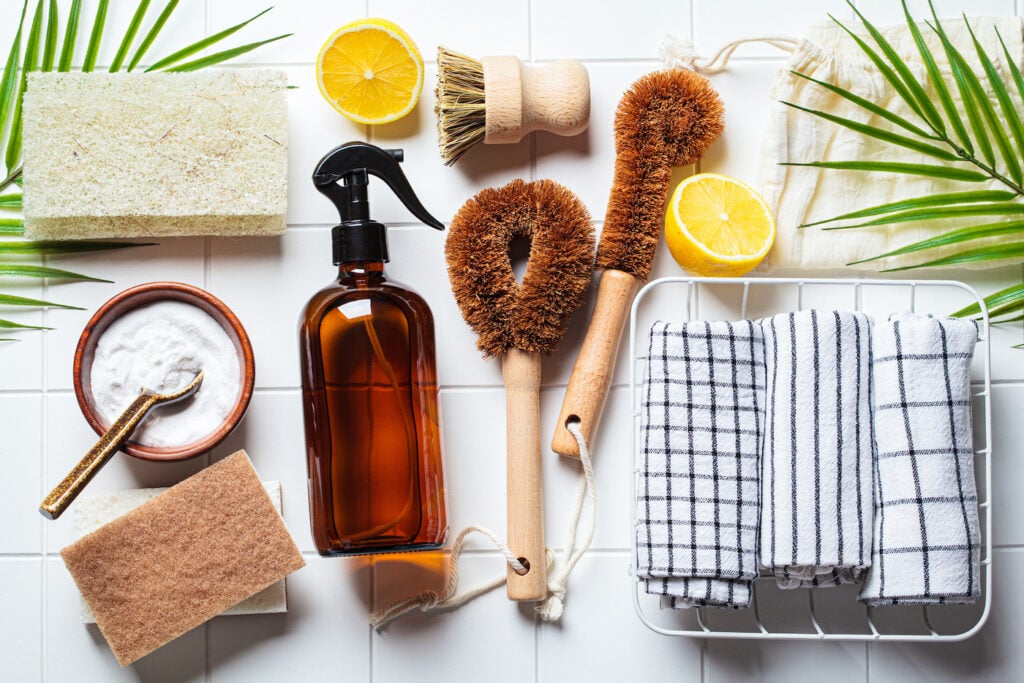
Most of us have an assortment of cleaning products under our sinks, on the laundry shelf, and in the garage. There’s a different product for everything that needs to be cleaned… one product to clean countertops, another for the floor, the toilet, the windows and so on…
Table of contents
The Health Risks of Conventional Cleaning Products
Building this collection of cleaning products is expensive, takes up a lot of space, and can have some serious health implications for you – and especially for your child’s developing body.
Indoor Air Quality Issues
Did you know that bleach and conventional drain cleaners can affect the indoor air quality of your home?
Up to ten times more toxic than outdoors, the space inside our four walls could be slowly chipping away at our family’s health. And, ironically, the main culprits may be the very things we use to keep our homes free of dirt, germs, and bugs.
Ever notice the potent smells when you walk down the cleaning aisle of a grocery store? Even with tightly sealed, never-opened lids, chemicals are seeping out. While your home may only contain a few conventional products, you can bet noxious odors are leaching out in the parts-per-million level, creating a low-level chemical soup over time. The truth is, you don’t really need them.
Since they contain ammonia and chlorine, standard cleaners are harmful to our lungs and many of them contain ingredients that are caustic and flammable. Regular use can contaminate indoor air and have the potential to cause long-term health complications.
Undisclosed Ingredients
Making matters worse, the manufacturers of cleaning products are not required to disclose their ingredients, making it difficult to evaluate or trust their safety.
“Fragrance” is almost never disclosed. The one ingredient “fragrance” or “parfum” can actually be a complex mixture of dozens of chemicals, so striving to use unscented products is usually a safe bet. But this area is also a bit hazy due to the addition of masking agents used to “cover” the offensive smell with yet more chemicals.
If a product has a smell, be sure you can trace it back to a naturally-derived oil on its ingredient list.
The Best Homemade Options and DIY Cleaning Hacks
The good news is – there’s no need to use synthetic, chemical-filled products. You can clean effectively with items you probably already have in your pantry or under the sink – vinegar, baking soda, peroxide, and Castile soap.
Not only are homemade cleaners safer, they’re considerably less expensive.
DIY Soft Scrub
We love this alternative to conventional soft scrub from Jennifer Taggart, author of The Smart Mama’s Green Guide. It’s super useful for bathrooms and kitchens.
- In an old squeeze bottle, mix 1 cup baking soda and add Castile soap – generally a ratio of 1:1 or 1 part Castile soap to 2 parts baking soda.
- Add essential oils if you like a certain scent… or consider an oil with antibacterial properties, like tea tree or rosemary oil.
- If you won’t be using it right away, add 2 teaspoons vegetable glycerin to help keep it from drying up.
To clean toilets: Squirt DIY soft scrub under the rim and let it sit. Follow with distilled white vinegar. The vinegar and baking soda will react with one another, and the foaming action will clean your toilet…no scrubbing (or maybe just a little) required.
DIY Wood Floor Cleaner
Always test a new cleaner on a non-obvious section of your floor before applying to the entire area.
- Fill an old milk jug or gallon container nearly full with water.
- Add 1/4 cup of distilled white vinegar.
- Add 8 tablespoons of liquid Castile soap.
- Add about 25 drops of lemon essential oil.
Cap the gallon container tightly and shake well before each use. Add about 1 cup of homemade cleaner to 1 gallon of hot water in your mop bucket.
DIY Glass Cleaner
This one is a much-research and tested recipe from Crunchy Betty. Be sure to read her whole post on the battle of homemade glass cleaners for a little entertainment and a lot of education.
- 1/4 cup rubbing alcohol
- 1/4 cup white vinegar
- 1 tablespoon cornstarch
- 2 cups warm water
- Combine everything in a spray bottle and shake well. Shake well before each use as the cornstarch might settle at the bottom (and stop up the spray mechanism if it’s not mixed in well).
Natural Stove Cleaner
Your DIY soft scrub should work well on most stove messes, but if you need a presoak, this recipe is perfect.
- Place lemon or orange peels in a glass jar and cover with white vinegar.
- Place lid on, and let steep for two weeks.
- Strain out peels.
- Mix infused vinegar with an equal amount of water in a spray bottle.
- Spray stove and let sit for at least 15 minutes to help loosen up grease and cooked on food.
DIY Drain Cleaner
This formula is great for cleaning drains and can help to keep them clear. And it’s far better for your indoor air quality than using Drano or Liquid Plumber.
If your drain is clogged, this will help, but you may need a drain snake / hair remover tool and a little elbow grease.
- Pour 1/2 cup baking soda into drain.
- Pour 1/2 cup distilled white vinegar over the baking soda.
- Pour 1 kettle of boiling water down the drain.
DIY Mold Remover
The most effective / least toxic way to remove mold we’ve found is this DIY by Root and Revel. The basics are:
- Combine distilled vinegar with tea tree oil and spray directly on the mold-infected area. Allow to sit for 30 minutes.
- Add baking soda + warm water mixture to the area. Allow to sit for another 30 minutes.
- Dip a toothbrush or dish brush into hydrogen peroxide and scrub the area, rinsing and reapplying peroxide.
- Wipe away any remaining mold and the cleaning solution. Repeat as necessary until the mold is gone.
Simple Garbage Disposal Cleaner
Jennifer Taggart suggests making vinegar ice cubes. Place 1 cup of white vinegar in an ice cube tray and fill the remainder with water. Once frozen, place a few cubes in the disposal, and turn it on. Not only does the vinegar get rid of odors, it also removes food particles from the blades that can attract fruit flies.
When you have a leftover lemon rind, let the disposal grind it up. The lemon juice is a natural cleaner and freshener.
Carpet Stain Remover
Peroxide and Castile soap are great for cleaning up red wine spills on the carpet.
- Cover the spill with baking soda or salt to help absorb the excess liquid.
- Vacuum it up.
- Mix 1 cup of peroxide with 1 teaspoon of Castile soap in a bowl.
- Use a white rags or a sponge to dab the spot over and over until the stain is gone.
- When you’re finished, rinse with a clean cloth and warm water (dab, don’t rub).
- Rinse area well.
DIY Disinfecting Spray
Our top recommendation for disinfecting your home (don’t overdo it, a healthy microbiome is one that isn’t constantly being sterilized) is Young Living’s Thieves Spray. But if you prefer to DIY, here’s a great recipe from The Joy of Green Cleaning by Lindsey Reichert.
- In a spray bottle mix 1 cup distilled white vinegar, 1 cup club soda, ¼ cup hydrogen peroxide, & 8 drops of tea tree oil.
- Use a dark glass spray bottle and store it in a dark area to keep the peroxide from breaking down in the light.
The Best Green Cleaning Tools
Every cleaning job is easier when you have the proper tools. Here are some of our favorites… and they also happen to be made by eco-conscious companies.
Natural Scrubbing Brushes
Full Circle designs exceptional sustainable brushes and scrubbers. Their handles are made from bamboo and finished with natural oils. The brush heads and bristles are made from recycled plastic.
Dust Mop
As long as you keep a mop for a long time, they aren’t too bad in the wasteful category. This bamboo handle mop with chenille duster is more than cute – it’s so much safer than the plastic version that comes with toxic pads.
DIY Cleaning Rags
The best cleaning rags are old t-shirts and hand towels or wash cloths. Someone in your family has probably outgrown a t-shirt that’s not in good enough shape to donate. Just cut it into squares and add to your rag pile.
For certain cleaning jobs, it’s nice to have a microfiber cloth. If you invest in a high quality microfiber rag, it should last years.
Sponges
These sponges are made from plant cellulose – not plastic – and the scrubber side is made from walnut shells.
More DIY Cleaning Recipes
DIY Powdered Soap Nuts Laundry Detergent
DIY Toilet Bowl Cleaner Fizzies
Homemade Liquid Soap Nuts Laundry Detergent
